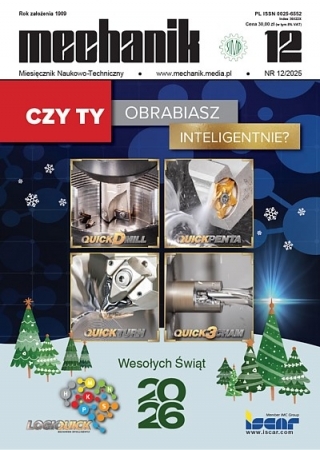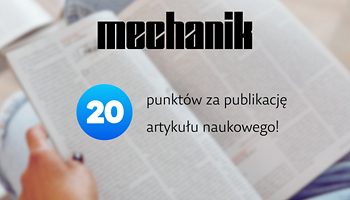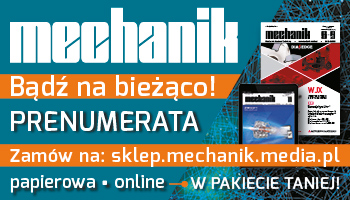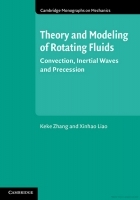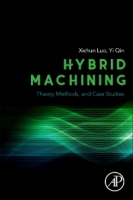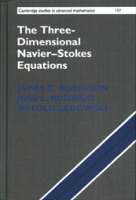Wpływ parametrów technologicznych w procesie frezowania stali EZ6NCT25 na wybrane wskaźniki skrawalności *
Influence of the cutting parameters on the selected machinability indicators in the milling of steel EZ6NCT25
Author: Agnieszka Skoczylas, Kazimierz Zaleski
Mechanik nr 08/09/2018 - Obróbka skrawaniem
STRESZCZENIE: W artykule przedstawiono wyniki badań momentu skrawania i chropowatości powierzchni w procesie frezowania czołowego stali EZ6NCT25. Stal EZ6NCT25, zaliczana do stali nierdzewnych, jest z powodzeniem wykorzystywana w przemyśle lotniczym i okrętowym. Wytwarza się z niej takie elementy, jak łopatki turbin czy zespoły komory spalania. W eksperymencie wykorzystano narzędzia monolityczne pełnowęglikowe o średnicy d = 12 mm. Badania przeprowadzono przy zmiennych parametrach technologicznych. Zauważono, że parametry te wpływają na moment skrawania i amplitudę momentu oraz – w mniejszym stopniu – na chropowatość powierzchni.
SŁOWA KLUCZOWE: stal nierdzewna EZ6NCT25, frezowanie czołowe, moment skrawania, chropowatość powierzchni
ABSTRACT: The paper reports results of an investigation of the cutting torque and surface roughness in the face milling of EZ6NCT25 steel. Classified as stainless steel, EZ6NCT25 is effectively used in the aviation and shipbuilding industries. This steel grade is used for producing elements such as turbine blades and combustion chamber assemblies. Experimental tests were performed with the use of full-carbide monolithic tools with the diameter of d = 12 mm. The tests were conducted at variable technological parameters. It has been observed that that cutting torque and amplitude cutting torque depend on machining conditions, and also, although to a lesser extent the surface roughness.
KEYWORDS: stainless steel EZ6NCT25, face milling, cutting torque, surface roughness
BIBLIOGRAFIA / BIBLIOGRAPHY:
- Dolinsek S. “Work-hardening in the drilling of austenitic stainless steel”. Journal of Materials Processing Technology. 133 (2003): s. 63–70.
- Grzesik W. „Podstawy skrawania materiałów konstrukcyjnych”. Warszawa: WNT, 2010.
- Litak G., Polyakov Y.S., Timashev S.F., Rusinek R. “Dynamics of stainless steel turning: Analysis by flicker – noise spectroscopy”. Physica A. 392 (2013): s. 6052–6063.
- Litak G., Rusinek R. “Dynamics of stainless steel Turing processes by statistical and recurrence analyses”. Meccanica. 47 (2012): s. 1517–1526.
- Miernik M. „Skrawalność metali. Metody określania i prognozowania”. Wrocław: Oficyna Wydawnicza Politechniki Wrocławskiej, 2000.
- Rusinek R. “Vibrations in cutting process of titanium alloy”. Eksploatacja i Niezawodność – Maintenance and Reliability. 3 (2010): s. 48–55.
- Wisniewska-Weinert H. “Friction and wear of porous sliding bearings at high temperature. Influence of MoS2 nanoparticle solid lubricant”. Powder Metallurgy and Metal Ceramics. 52, 7–8 (2013): s. 424–430.
DOI: https://doi.org/10.17814/mechanik.2018.8-9.130
* Artykuł recenzowany



